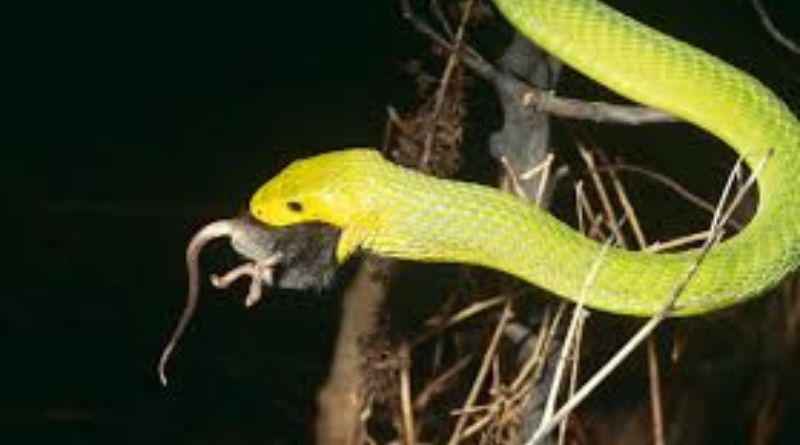Snakes, often viewed as apex predators in their ecosystems, have their own share of natural enemies. Various animals, ranging from mammals to birds, prey on snakes. In this article, we will explore the different types of predators that eat snakes, the ecological significance of these interactions, and some frequently asked questions about snake predation.
Table of Contents
Common Predators of Snakes
- Birds of Prey:
- Hawks and Eagles: Birds such as red-tailed hawks and golden eagles are skilled hunters known to target snakes. Their keen eyesight and sharp talons allow them to spot and capture snakes from the air.
- Owls: Nocturnal hunters like barn owls and great horned owls often hunt snakes at night, using their exceptional hearing to detect movement.
- Mammals:
- Raccoons: These opportunistic feeders are known to raid nests and dens, including those of snakes. Raccoons will eat both eggs and adult snakes if they come across them.
- Mongooses: Known for their agility and resistance to snake venom, mongooses are skilled snake hunters. They can kill and consume venomous snakes, thanks to their speed and reflexes.
- Coyotes: In some regions, coyotes may prey on smaller snakes, especially when food is scarce.
- Other Reptiles:
- Larger Snakes: Some snakes are cannibalistic and will eat other snakes. For example, king snakes are known to prey on smaller snake species, including venomous ones.
- Lizards: Certain large lizard species, like monitor lizards, will also consume snakes when the opportunity arises.
- Amphibians:
- Large Frogs: Some species of large frogs are known to eat small snakes, particularly during their tadpole or juvenile stages.
Ecological Importance of Snake Predators
The relationship between snakes and their predators is essential for maintaining ecological balance. Here are a few key points about this dynamic:
- Population Control: Predators help regulate snake populations, preventing them from becoming overly dominant in an ecosystem. This balance is vital for the health of other species within the habitat.
- Biodiversity: The presence of snake predators can contribute to a more diverse ecosystem, promoting various food webs and interactions between species.
- Health Indicators: The presence of snake predators can indicate a healthy ecosystem. If predators are thriving, it often means that the habitat supports a variety of species, including their prey.
FAQs About Snake Predation
1. What types of snakes are most often eaten by predators?
Smaller and younger snakes are typically more vulnerable to predators. Species like garter snakes, rat snakes, and juvenile rattlesnakes are often targeted.
2. Do snakes have any defenses against predators?
Yes, snakes employ various strategies for defense, including camouflage, hissing, striking, and some species can even emit foul-smelling musk to deter attackers.
3. Are there any predators that specifically hunt venomous snakes?
Yes, mongooses are famous for their ability to hunt venomous snakes, including cobras. They have developed resistance to certain snake venoms, allowing them to take on these dangerous prey.
4. How do snakes contribute to their ecosystems?
Snakes play a crucial role in controlling the populations of their prey, such as rodents and insects, thus helping to maintain ecological balance. Their presence can also indicate the health of their environment.
5. Can human activities affect snake predator populations?
Absolutely. Habitat destruction, pollution, and climate change can disrupt predator-prey relationships. Additionally, hunting and trapping of both snakes and their predators can lead to imbalances in ecosystems.
Conclusion
Snakes, despite being formidable predators themselves, are not without their threats. A diverse array of animals, including birds of prey, mammals, and even other reptiles, actively hunt snakes. Understanding these relationships highlights the complexity of ecosystems and the importance of every species in maintaining balance. Protecting snake populations and their predators is essential for preserving biodiversity and ensuring the health of our natural environments.
